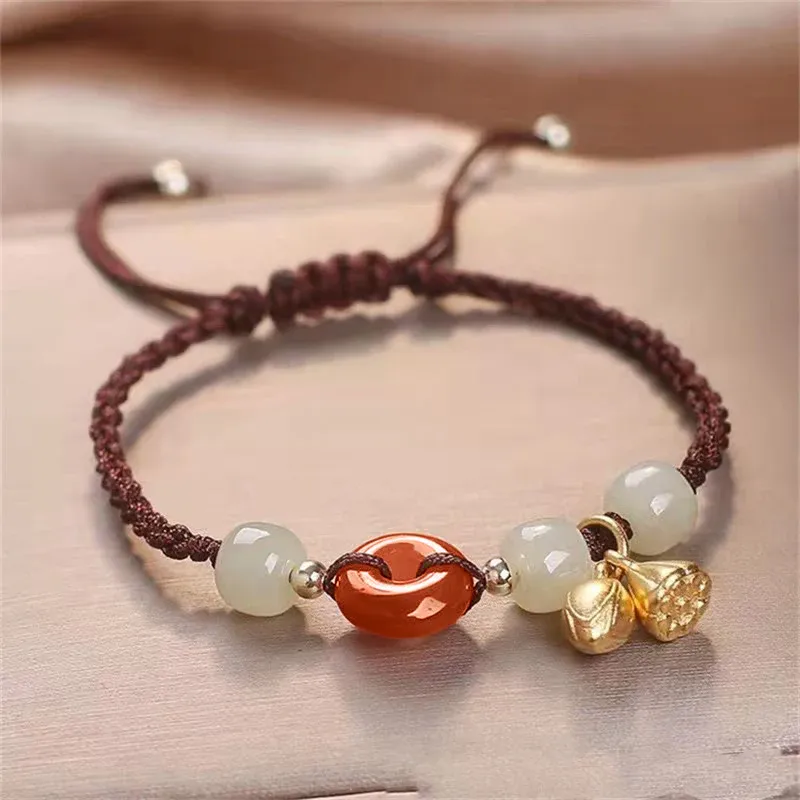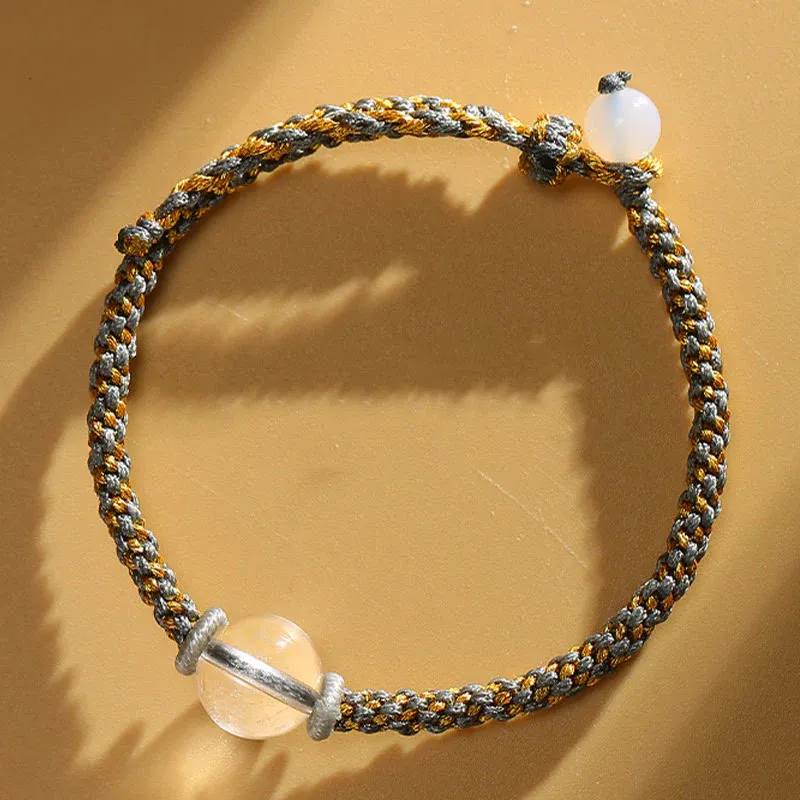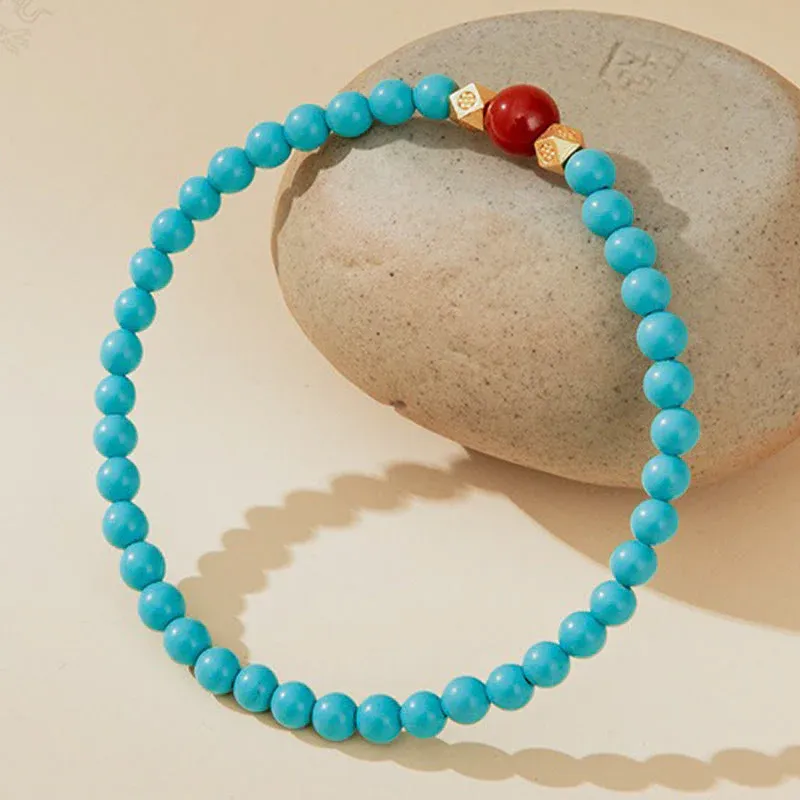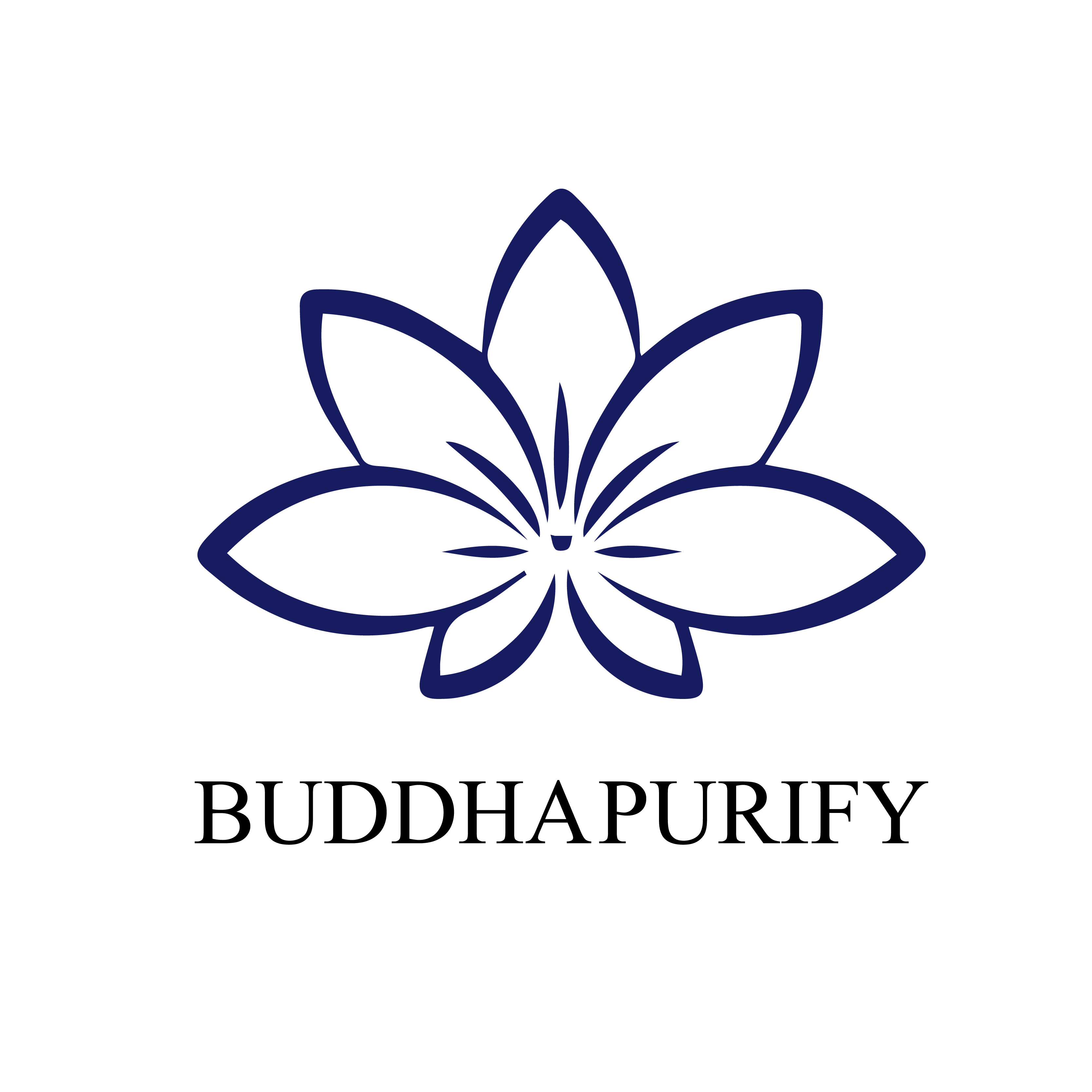Learn About 25 Types of Jade 6-10
Learn About 25 Types of Jade
Today, let's learn about the sixth to the tenth types of jade.
Jade has four main standards:
- A certain level of hardness
- Beautiful color, whether monochromatic or multicolored
- Lustrous and smooth surface
- Ranges from opaque to translucent (semi-translucent or transparent)
Generally, jade can be defined in a narrow or broad sense. In a narrow sense, jade includes two categories: hard jade and soft jade. Hard jade mainly refers to jadeite, while soft jade refers to Hetian jade. In a broader sense, jade encompasses not only soft and hard jade but also Dushan jade, Xiuyu jade, and others like crystal, agate, turquoise, and lapis lazuli. Simply put: any lustrous and smooth stone that can serve our material, economic, daily, or functional needs can be classified as jade.
6. Lapis Lazuli
Lapis lazuli is common in the market, but most are fakes; genuine lapis lazuli is quite rare. Lapis lazuli is mainly sourced from Afghanistan and Russia. In ancient times, it was known as “Jinbi” because Russian lapis lazuli contains a large amount of pyrite, which gives it its characteristic blue color (qing) with golden flecks (jin), hence the name “qingjin.” The pure, deep blue color has been admired by emperors throughout history, and lapis lazuli was often buried with them to symbolize ascension to heaven. In ancient China, lapis lazuli was ground into powder for painting, as seen in the murals of the Thousand Buddha Caves in Dunhuang.
There is a variety of lapis lazuli known as "birthing stone," which lacks pyrite but has a mix of blue and white calcite. It is said that pregnant women who see this stone will go into labor, though this claim is more of a myth. Imagine if this were true — delivery rooms would be obsolete, and women could simply look at lapis lazuli to induce labor!
Lapis lazuli has a hardness of 5–6, a density of 2.7–2.9, and is primarily blue with white patches. It is opaque and has a glassy or oily luster, often featuring white calcite or yellow pyrite flecks. These unique blue, white, and yellow colors make lapis lazuli easy to distinguish from other stones. Many fake lapis lazuli stones are made from synthetic materials or sodalite. Genuine lapis lazuli appears uneven in color, with irregularly shaped white and yellow patches. Under light, natural lapis lazuli may show a blue halo effect.
7. Crystal
Many people likely own at least one or two pieces of crystal jewelry. But is crystal considered jade? From a mineralogical perspective, jade is a collection of minerals, whereas crystal is a single mineral, known as a single crystal. Therefore, crystal cannot be classified as jade but rather as a gemstone.
Despite this, crystal has been used in Chinese history for various purposes, making it a broad form of jade. Crystal, like agate, chalcedony, and malachite, can be considered a broad form of jade. Crystal is primarily composed of silicon dioxide, and in ancient times it was called "water jade," "water essence," or "thousand-year ice." It has been used since the Neolithic period. Crystal comes in a variety of colors and is typically semi-transparent or transparent with a glassy luster. It has a hardness of 6.5–7 and a density of 2.6–2.66.
The most prized crystals are colorless, purple, or water-included quartz. Pure crystals are colorless or white, while those with impurities can be purple, yellow, smoky, or brown. Different types of crystals are believed to have various functions, such as attracting wealth, promoting health, or warding off evil.
It's worth mentioning that some synthetic crystals, like those produced by Swarovski, can be more expensive than natural crystals. The easiest way to distinguish glass imitations from real crystal is by looking for air bubbles inside; fake crystal will often contain small bubbles.
8. Lantian Jade
A famous verse describes Lantian jade: "Pearls shed tears under the sea, Lantian jade gives off smoke under the sun." It's said that when this jade is exposed to sunlight, it emits a unique jade "smoke," though this is likely a myth.
In daily life, most Lantian jade we see is used for carvings and crafts, and it is relatively inexpensive. It is hard and brittle, making it prone to breaking. Today’s Lantian jade comes from Xi'an, Shaanxi Province, and is classified as a serpentinized marble. Some argue that ancient Lantian jade should be considered a type of nephrite, now lost to history, and not the serpentinized marble we see today.
Lantian jade is usually green, but it can also be light yellow or pale green, and is sometimes called "cabbage jade" because its colors resemble the leaves of a cabbage. Its hardness ranges from 2–6, and it is opaque with a waxy luster. Its texture is generally coarse, with large grains and poor water content, making it less valuable than other types of jade.
9. Malachite
Malachite gets its name from its resemblance to the green feathers of a peacock. It has been used in Chinese jade crafting since ancient times. Malachite is a copper mineral found in many countries, including Russia, Chile, Australia, and China. It has a glassy luster, is opaque, and has a hardness of 2–4 with a density of 2–2.4.
Malachite is green, blue-green, or dark green and is very brittle, making it prone to breaking. It lacks the durability and hardness of traditional jade, which may explain why it is relatively inexpensive. Malachite is most often used for beads, cabochons, necklaces, or decorative items. Its characteristic concentric banding patterns make it easy to identify.
10. Agate and Carnelian
Agate and carnelian are types of chalcedony, a variety of silica minerals. Both have been used in human jewelry since ancient times. Agate is abundant, especially in places like Brazil, India, China, and the United States. It comes in a variety of colors, including red, blue, purple, pink, gray, and black. Agate is typically semi-transparent to opaque, with a hardness of 6.5–7 and a density of 2.55–2.91.
Many agates we see today are heat-treated to enhance their colors. Agate stones that have undergone high-temperature treatments usually exhibit more uniform and gradient colors, unlike natural agate, which has distinct color bands. Heat-treated agate retains the same structural integrity as natural agate, and it is often certified as natural.
Agate is believed to have various metaphysical properties, such as promoting good fortune and protection. The difference between agate and chalcedony is relatively simple: agate typically has visible banding, while chalcedony is more uniform in color and opaque.
Brand Introduction: BuddhaPurify
BuddhaPurify is a brand deeply rooted in the rich heritage of Chinese traditional culture and Buddhist practices. Our mission is to offer a unique blend of ancient wisdom and modern elegance through our products, which are designed to enhance spiritual well-being, personal growth, and holistic health.
Foundation and Philosophy
Inspired by the timeless teachings of Buddhism and the profound traditions of Chinese culture, BuddhaPurify is dedicated to providing products that reflect the serene and enlightened aspects of these ancient philosophies. Our brand is built on the principles of mindfulness, purity, and spiritual harmony, aiming to bring balance and tranquility to our customers' lives.
Cultural Enrichment
We believe in the power of cultural enrichment and strive to educate and inspire our customers through the stories and meanings behind our products. Our brand seeks to bridge the gap between traditional spiritual practices and contemporary life, offering products that resonate with both ancient wisdom and modern sensibilities.
Conclusion
BuddhaPurify is more than just a brand; it is a journey into the heart of Chinese traditional culture and Buddhist spirituality. Through our thoughtfully curated products, we aim to support your quest for inner peace, spiritual growth, and a balanced life. Explore our collection and experience the harmonious blend of tradition and tranquility that defines BuddhaPurify.





